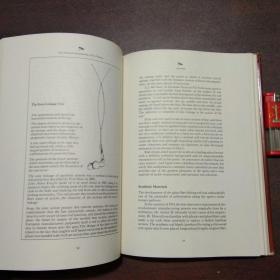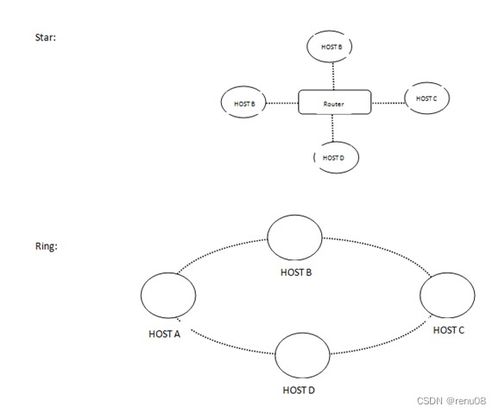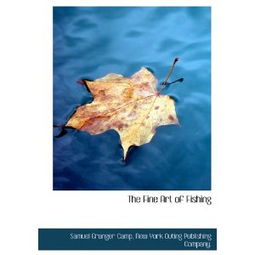How to Use a Fishing Hook: Essential Techniques for Effective Fly Fishing
Fly fishing is an art form that combines patience, precision, and a deep connection with nature. One of the fundamental skills in fly fishing is mastering the use of a fishing hook. The right technique can make the difference between a successful day on the water and a frustrating experience. Here’s a comprehensive guide on how to use a fishing hook effectively for fly fishing.
Understanding the Fishing Hook
Before diving into the techniques, it’s important to understand the fishing hook itself. Fly fishing hooks are designed to mimic the natural prey of the fish you are targeting. They come in various shapes, sizes, and materials, each tailored to specific fish species and conditions.
Hook Size: The size of the hook should match the size of the insect or bait you are trying to imitate. Larger hooks are used for larger fish, while smaller hooks are ideal for more delicate presentations.
Hook Shape: Different hook shapes are designed for different purposes. For example, a streamer hook is designed for larger, more robust fish, while a nymph hook is designed for smaller, more delicate presentations.
Hook Material: Hooks can be made from various materials, including steel, brass, and titanium. Each material has its own advantages and is chosen based on the fish species and fishing conditions.
Basic Techniques for Using a Fishing Hook
Selecting the Right Fly: Choose a fly that matches the size, color, and behavior of the natural prey in the water. This will increase your chances of attracting fish.
Attaching the Fly to the Hook: There are several methods to attach a fly to a hook, but the most common is the improved clinch knot. Here’s a step-by-step guide:
- Thread the tag end of the fly line through the eye of the hook.
- Wrap the tag end around the standing part of the line five times.
- Pass the tag end back through the loop you have created.
- Moisten the knot and pull tight. Trim the excess line.
Presenting the Fly: The way you present the fly to the fish is crucial. Here are some key points:

- Wading: Always wade carefully to avoid spooking fish. Move slowly and softly.
- Cast: Practice different casting techniques to achieve the desired presentation. The most common casts in fly fishing are the forward cast and the back cast.
- Drift: Allow the fly to drift naturally in the current. This mimics the movement of natural prey.
- Retrieve: Move the fly through the water in a way that imitates the movement of the prey. This can be done by hand or with a fly rod.
Setting the Hook: Once a fish takes the fly, it’s important to set the hook quickly and effectively. Here’s how to do it:
- When you feel a tug, gently set the hook by lifting the rod tip.
- If the fish runs, let it. The line will help guide the fish back to you.
- Once the fish is close, gently bring it to the net.
Advanced Techniques
Leader and Tippet: The leader and tippet are important components of your fly fishing setup. The leader is the length of line between the fly line and the fly, while the tippet is the last section of the leader. The leader and tippet are made of a softer material to reduce visibility and allow for more delicate presentations.
Fly Selection for Different Conditions: Understanding the behavior of fish and the insects they feed on will help you choose the right fly. For example, during the summer, fish may feed more on terrestrials, while in the spring, they may be more interested in emerging insects.
Reading the Water: Pay attention to the water’s surface. Look for signs of fish activity, such as rises or movement. This will help you determine the best spots to cast.
Practice and Patience: Like any skill, fly fishing takes practice. Spend time on the water, experiment with different techniques, and be patient. Over time, you will develop a feel for the water and your fly fishing skills will improve.
In conclusion, using a fishing hook effectively in fly fishing requires a combination of knowledge, practice, and patience. By understanding the basics of hook selection, fly attachment, and presentation techniques, you can increase your chances of success on the water. Remember, fly fishing is not just about catching fish; it’s about enjoying the experience and connecting with nature. With time and practice, you will become a master of this fascinating sport.












